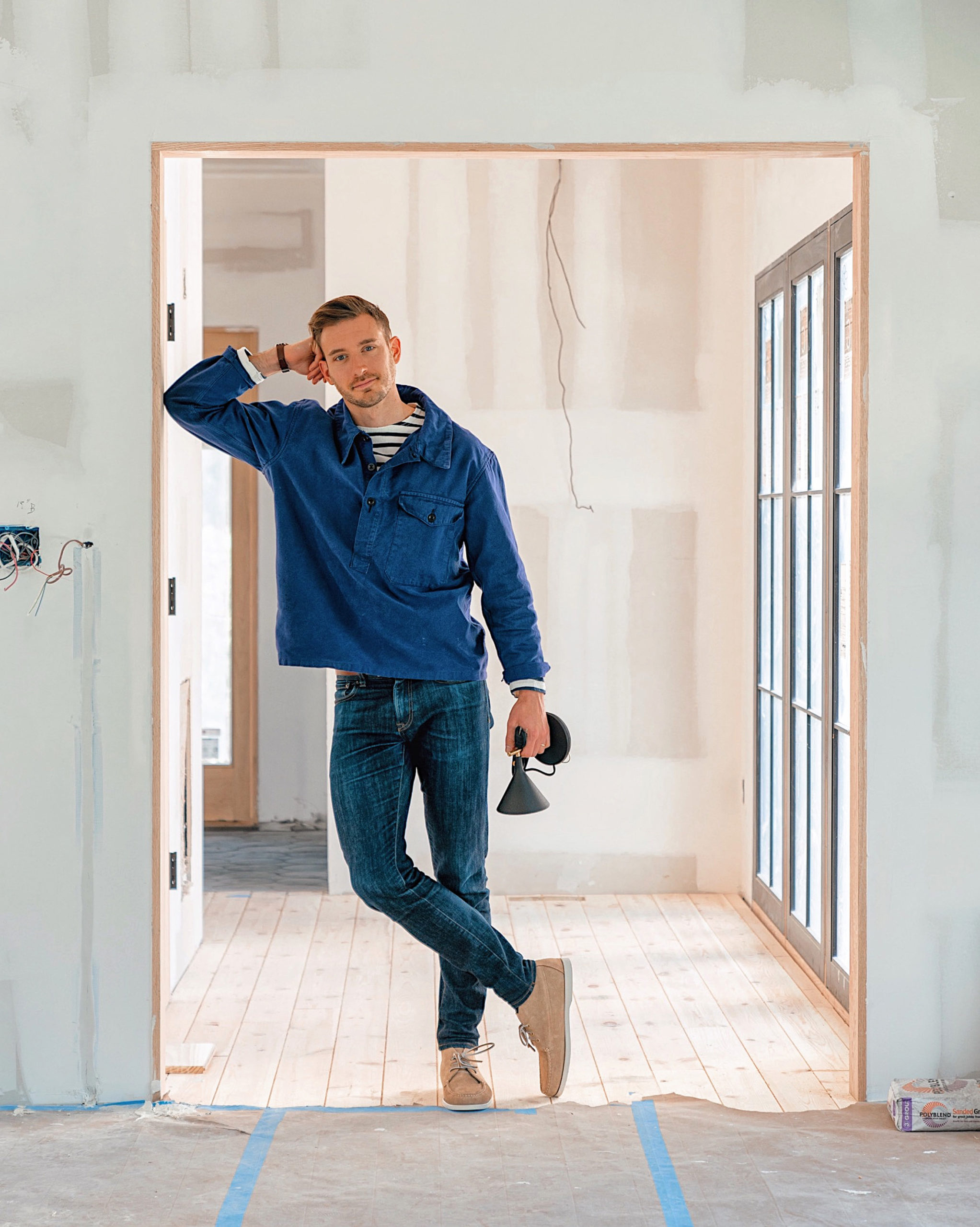
This post is sponsored by State Farm®. All views are, as always, my own.
The past year has seen a lot of learning for me as I undertook my first home addition, designing and building the space from scratch. You always learn a lot the first time you do anything, and at times the project felt overwhelming. I’ve teamed up with my friends from State Farm to share what I’ve learned so far. If you are thinking of doing a home addition, I hope you will find it useful!
We brought the main house a little over three years ago. When we bought the house, we always knew that we wanted to add an addition; we took out a bedroom in the original renovation so wanted to add it back in.
1) Find a good contractor
The most important thing is to find a good contractor. Ask your friends, look at online reviews and make a list of possible contractors — we asked at least three different companies for quotes. To save everyone’s time you can ask for a rough estimate to start off with and then get more detailed if you are aligned on budget. You will likely have lots of questions, but don’t forget to ask these:
– How much deposit is required, and when will payments be required?
– Are any allowances included in the price for materials (I.e., flooring, tile, lighting?)
– If I make any changes to the plans, how will that work?
– What work do you do in-house, and what will be sub-contracted?
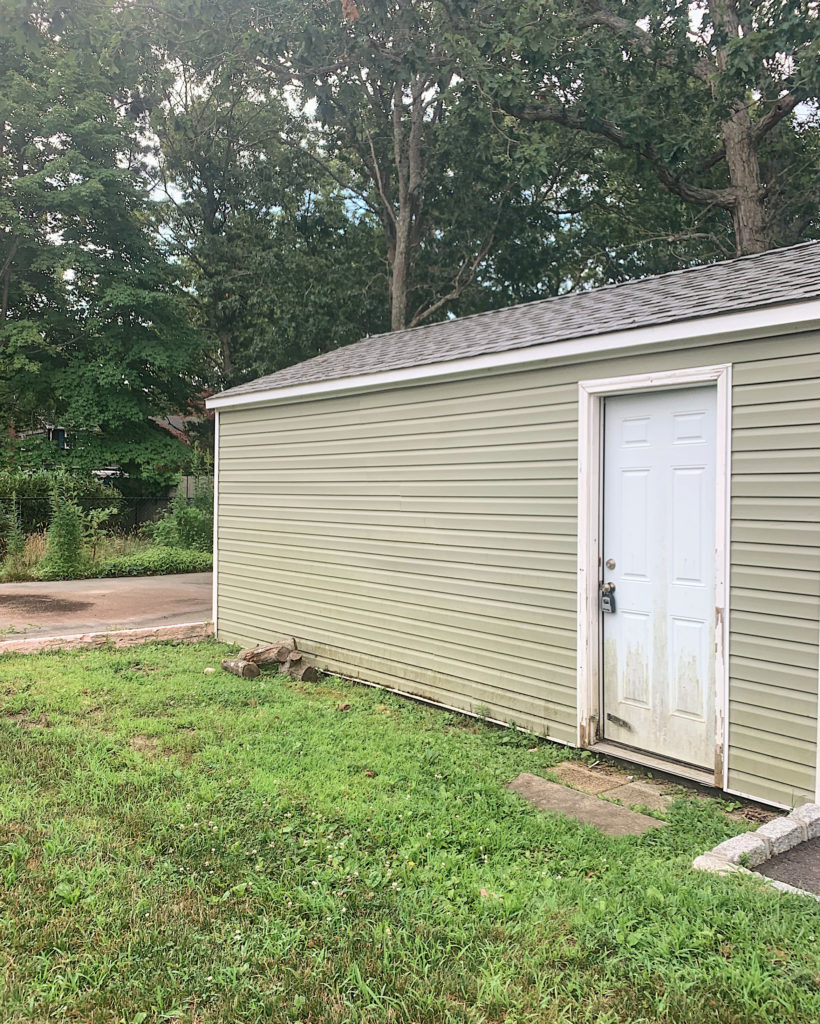
The old garage was demolished before construction. 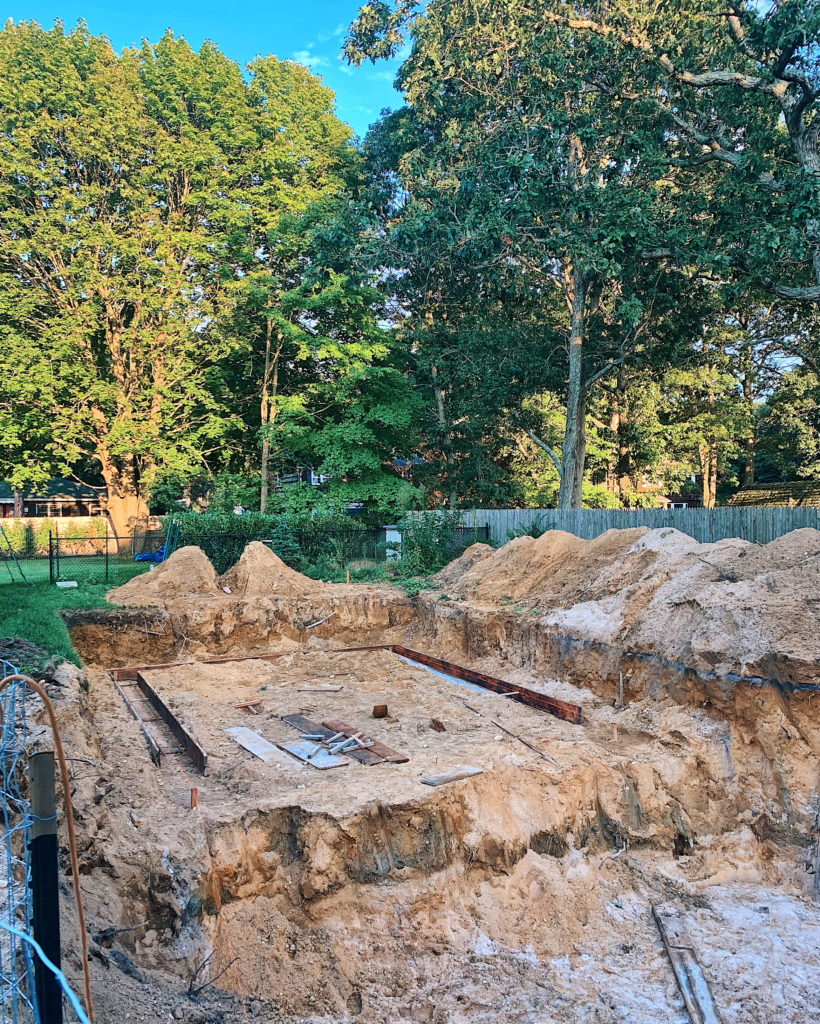
Digging the foundations.
Here are three signs of a good contractor:
Detailed paperwork
Good contractors are very detailed; they have a clear contract that is neat and up to date and has clear contact details on it. Also, their quotes often have a lot of detail and every piece of work has a price so you can tell they have really thought about the job and how much it will cost.
No large upfront payment
Good contractors don’t want a very large deposit upfront. Instead, they ask that you make payments as the work progresses, which is agreed upon in a clear document upfront. For example, as foundations start and finish you would make a payment, and then the same with the electrical work and so on. Bulk payments without clear information on what they are for are a warning sign.
Easy to get in touch with
When you are getting quotes think, about how responsive the contractor is. Do they respond to email or messages or return phone calls? If the contractor is hard to get hold of during the quotation process when they should be trying to get your work, it might be a sign that they aren’t for you.
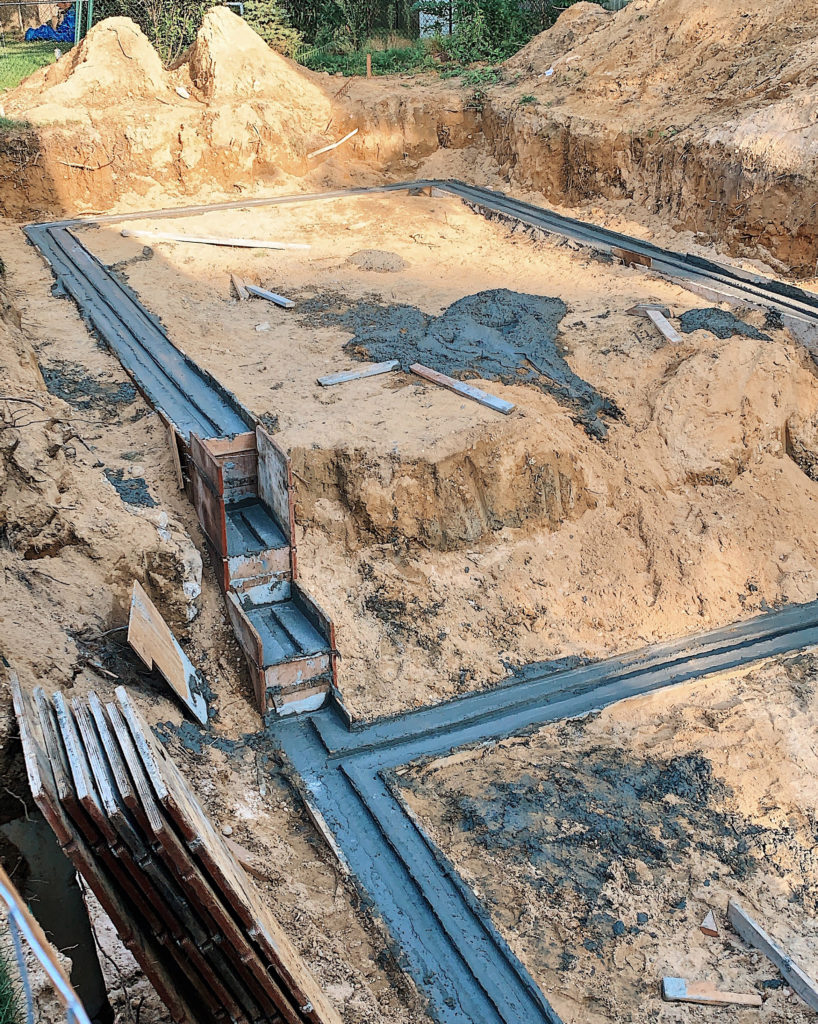
Pouring the foundations. 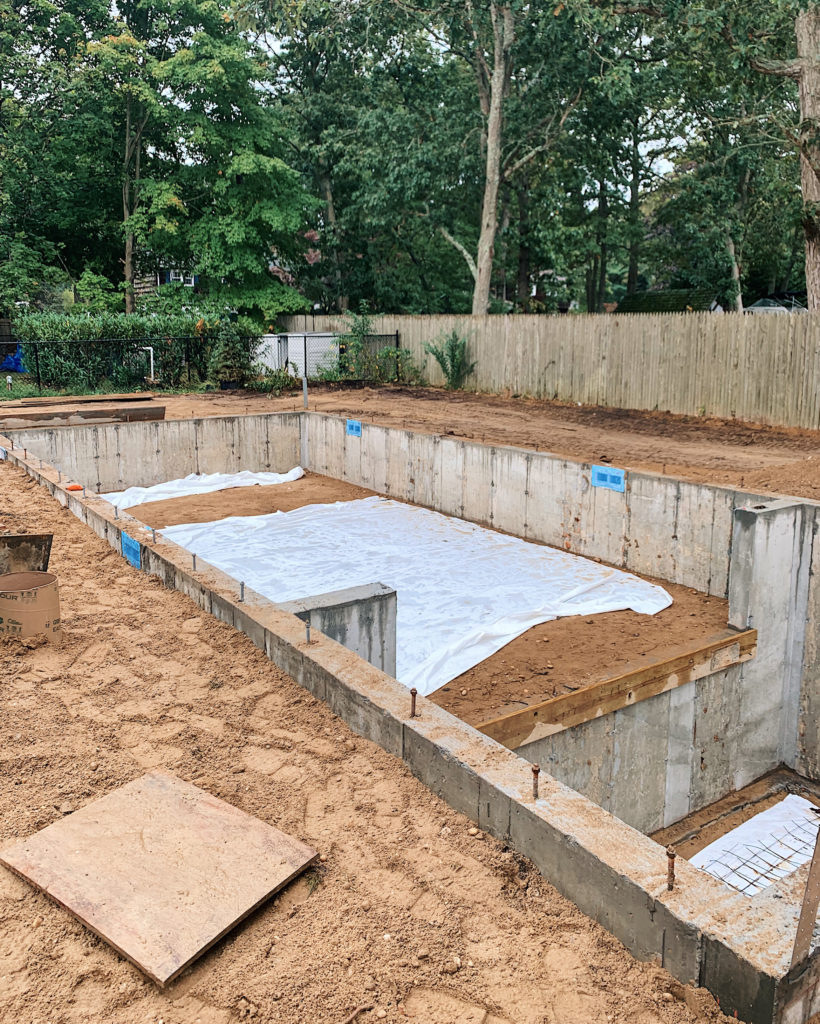
The foundations once they had set.
2) Start with the end
My biggest piece of advice is to make sure you start with the end. By that think about how you will live in the space and take time to choose your exact furniture. By knowing the exact size and placement of, say, your dining table, it helps you determine where to place outlets, lighting, and so on. This is tough to imagine when the spaces aren’t even built so use technology to help. Many stores offer free design services, where they will create layouts of the space for you. Also, there are websites that have the ability to create home spaces online, they help you create a floor plan, and some even offer 3D plans that help you visualize the space. Search online for an ‘interior home planner’, lots will come up and many of them are free to use. Also, don’t forget to add in home protection from the start — on our electrical plan we put it in power points for a smart doorbell, smart smoke detectors, and cameras.
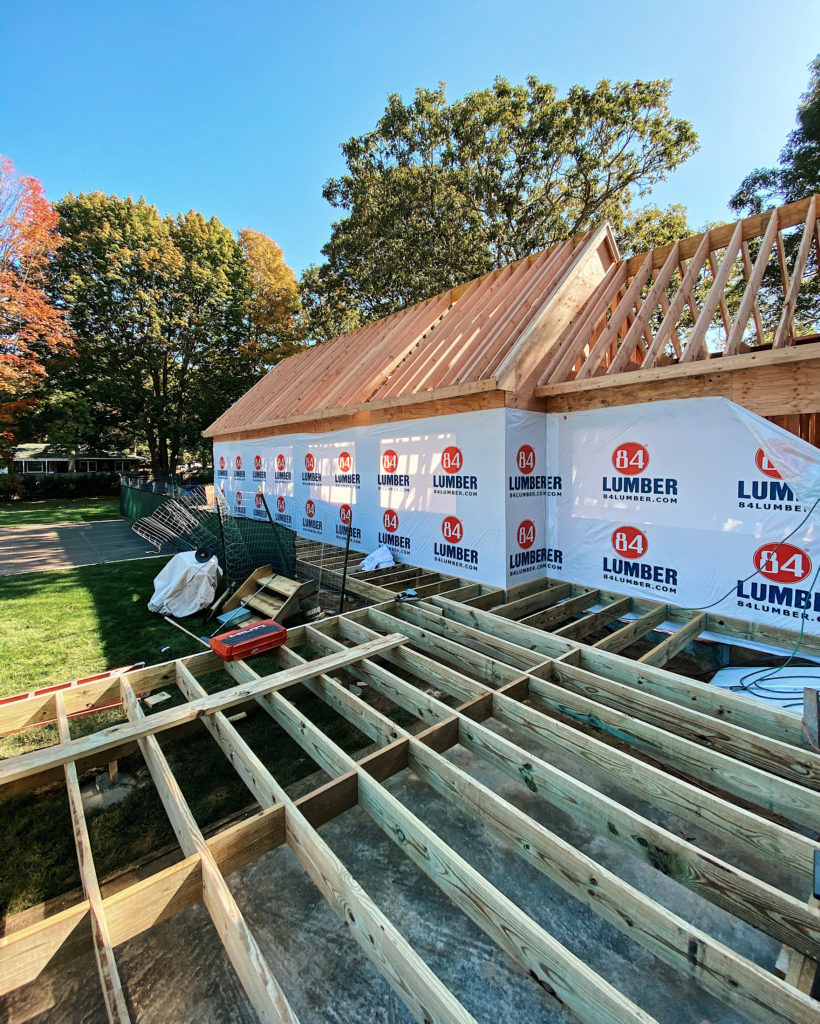
The addition being framed out. 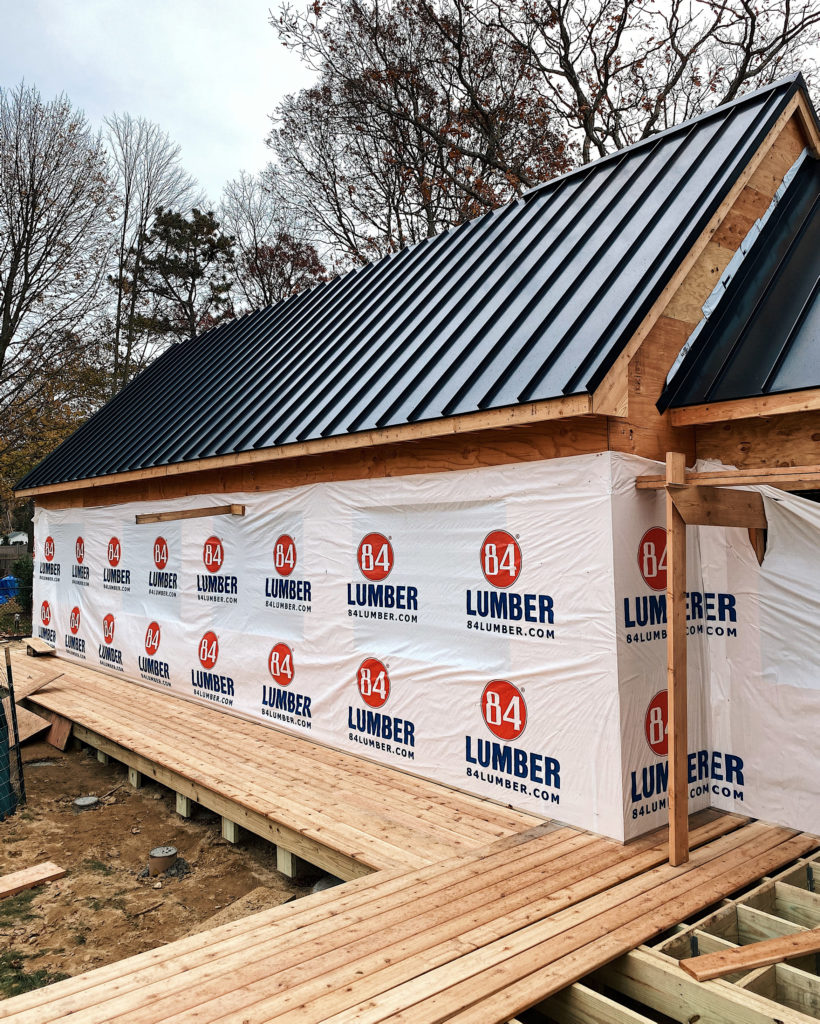
Adding the roof and deck.
3) Don’t forget to protect it!
Don’t forget that as soon as the home addition is built to contact your local insurance agent. When you are spending a lot of money on a new part of your home the last thing you want is damage to happen that you aren’t covered for. I’m a State Farm customer and I love how easy it is to get hold of an agent who understands me. Our local agent really took the time to understand what had changed and figure out what coverage we needed. Plus, they really helped us with finding a deductible that worked to help with the monthly premium. It’s great being able to speak directly with my local agent rather than have to deal with phone systems or email.
4) Save money smartly
If, like me, and you’re often looking to try and save some money, then there are always things you can do yourself during a home addition build. Here are some things that I would suggest you could take yourself with little to no experience. I have to say that for most of the main construction it’s best to get a professional such as for framing, electrical, HVAC and plumbing, not least as they will likely get inspected by your town before you can get a certificate of occupancy.
However, here are some things you can do:
1. Painting and installing removable wallpaper. Removable wallpaper is great if you are renting but also in a new space as it lets you try out some color before having to commit!
2. We turned our unfinished basement into a home gym and this was a great weekend DIY project. We painted the concrete walls white, installed some large mirrors, swapped out the light fittings, and installed a foam gym floor. The whole project cost less then $350.
3. Construction always ruins the yard so it will likley need to be landscaped once the exterior construction is completed — this is something we did ourselves. Our new deck was not level with the garden so we ordered topsoil and new grass and leveled out the garden, check it out here.
4. Trim – if you are handy with a chop saw then you do the floor and window trim easily by yourself and save some money.
This post was sponsored advertising content by State Farm®.

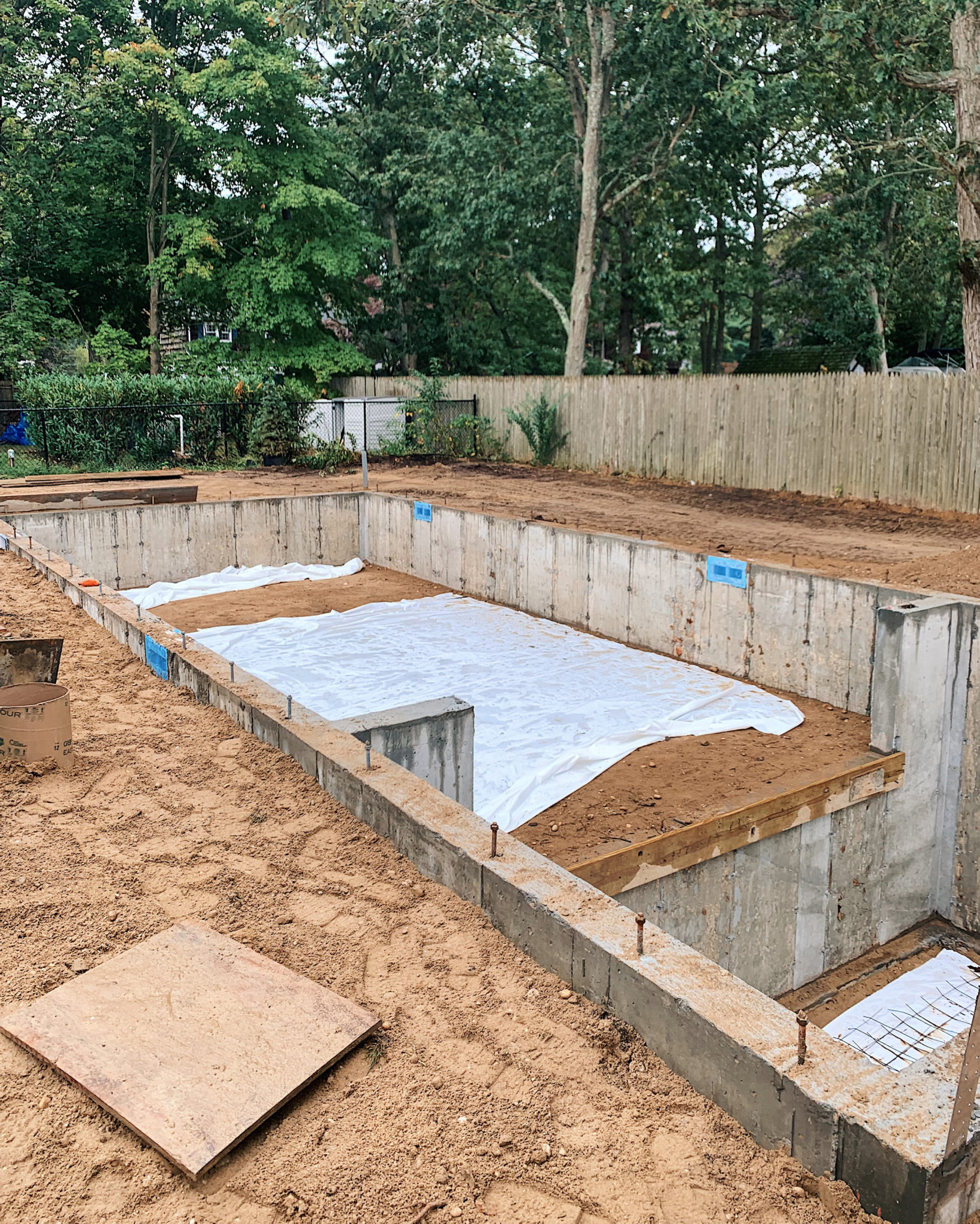

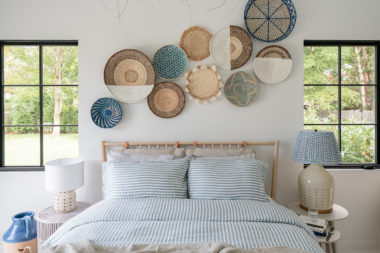
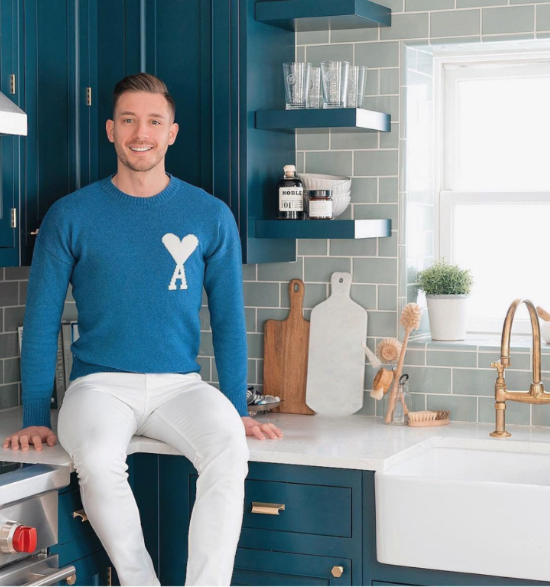
1 Comment
This is just lovely. Beautifully designed.